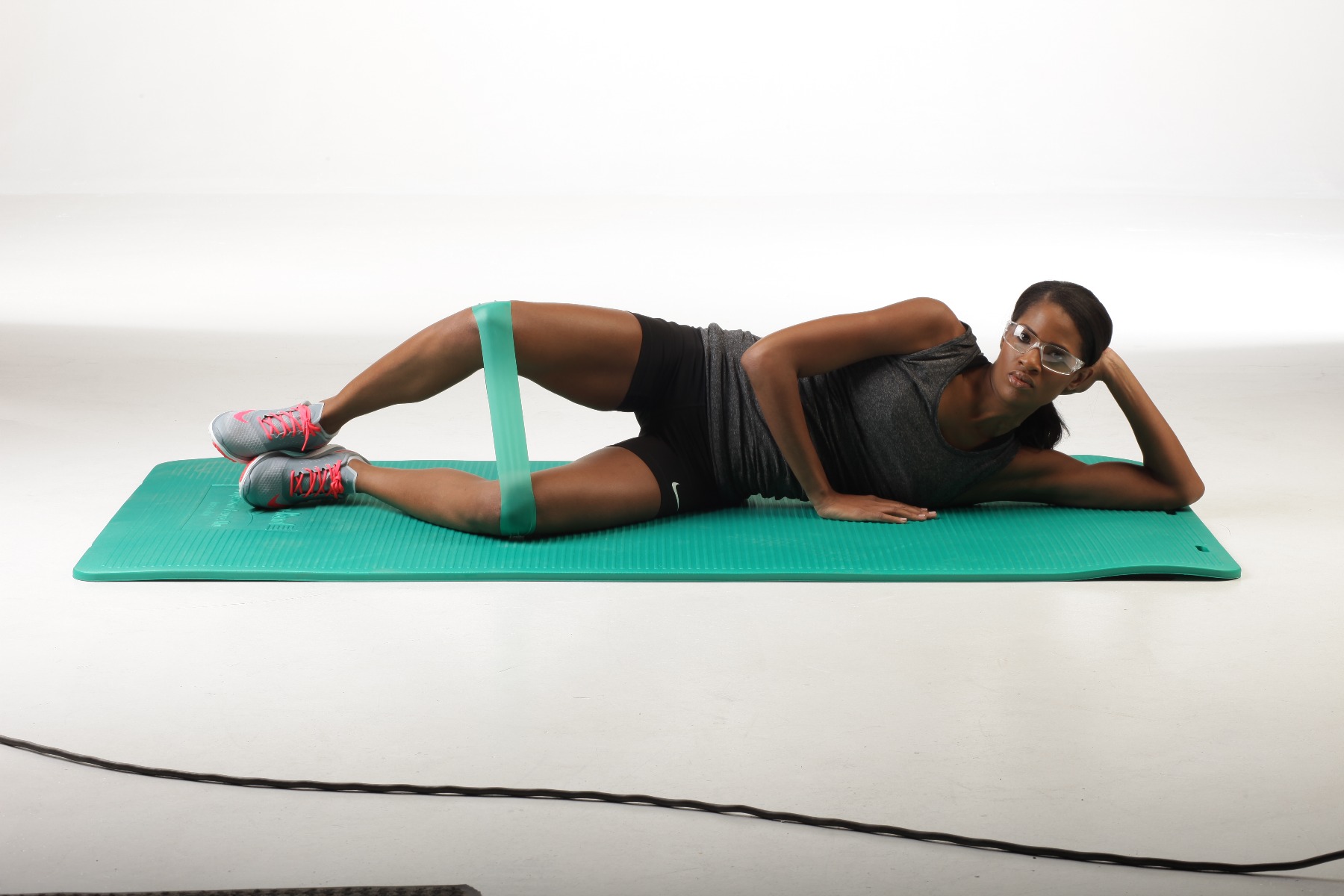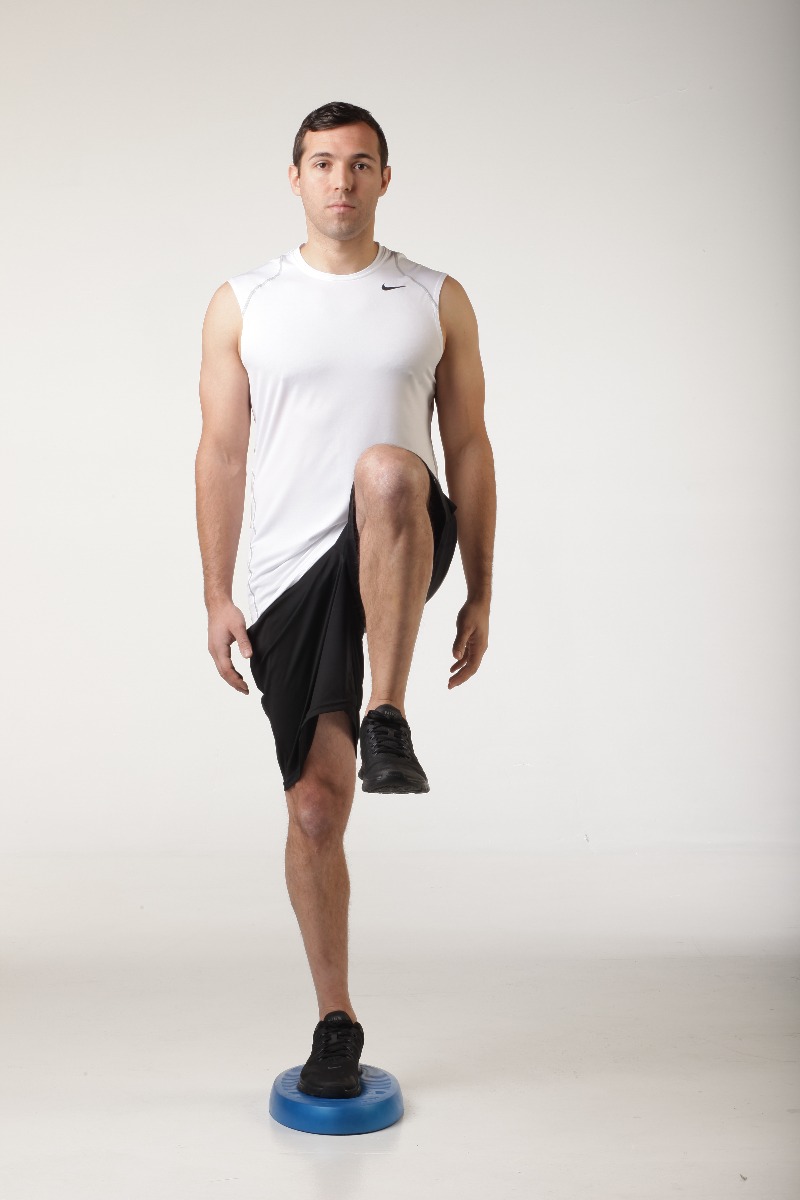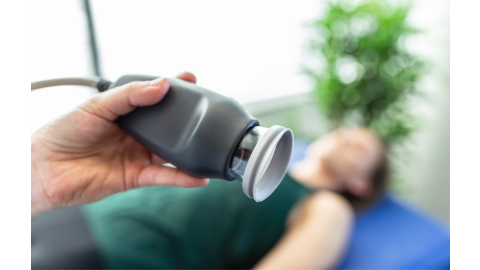Having your hip(s) replaced is the first step to being pain free. Once light activity becomes possible, however, it’s important to incorporate daily exercise into your recovery program.
You will more than likely begin working with a physical therapist the day after surgery, or even the day of surgery, to get moving again. Recommended activities include gradually increased walking and light household activities (sitting, standing, climbing stairs).
Talk to your PT about exercises you can do as you recover and check out these suggestions below!
Why is Exercise Important After Hip Replacement Surgery
6 Hip Exercises You Can Do At Home
More Information
Why is Exercise Important After Hip Replacement Surgery
Regaining your range of motion and strength after total hip replacement surgery is critical to regaining your ability to do the things that are important to you. Exercising your new hip has multiple benefits including: reducing stiffness, increasing flexibility, improving muscle strength, and preventing blood clots.
To help reduce swelling and improve circulation:
- Lie down with your legs at the level of your heart for at least 20 minutes. You can place a foam wedge lengthwise beneath your surgical leg(s) if you have an increase in swelling
- Use a cold pack. Cold therapy works by reducing blood flow to the hip, which can significantly reduce inflammation and swelling that causes pain
- Actively exercise the muscles of the hip with ankle pumps. Pump your feet up and down by pulling your feet up toward you, then pushing your feet down away from you. Complete this exercise 10 to 30 times each hour to help prevent blood clots in the legs
- Walk often throughout the day. Walk around your home using a front-wheel walker, crutches or a cane. Gradually increase the distance you walk as you begin to develop a greater range of motion.
6 Hip Exercises You Can Do At Home
We’ve come up with 6 helpful exercises that promote safety, increase balance, and improve range of motion that you can practice at-home after a hip replacement surgery.
Complete these exercises without a resistance band at first and once you have mastered these exercises without any discomfort, start adding in a resistance band. Always talk to your doctor before beginning a new exercise program.
Side-Lying Clam
|
|
Step 1: Lay on your side with the injured led on top and the uninjured leg on the floor. Bend your knees and hips about 30 degrees each
Step 2: Use a loop band to place right above your knees
Step 3: Keeping your heels together, lift the top knee off the bottom knee against the band. Keep your bottom knee pushed into the floor
Step 4: Hold at the top for 3-5 seconds and slowly return. Don't rotate your hips or trunk
Progress to the next color band as your strength improves |
|
CLX Hip Abduction
|
|
Step 1: Place the middle of the CLX band around your ankle
Step 2: Bring both ends of the band together and step on them with the other foot. Grasp the ends of the band in your opposite hand
Step 3: Standing next to a sturdy object, slowly extend your leg outward against the band, keeping your knee straight
Step 4: Hold and slowly return. Maintain an upright posture and don't lean over to complete the exercise
Progress to the next color band as your strength improves |
|
CLX Hip Extension
|
|
Step 1: Place the middle of the CLX band around your ankle
Step 2: Bring both ends of the band together and step on them with the other foot. Grasp the ends of the band in your opposite hand
Step 3: Standing next to a sturdy object, slowly extend your leg backward against the band, keeping your knee straight
Step 4: Hold and slowly return. Maintain an upright posture and don't lean over to complete the exercise
Progress to the next color band as your strength improves |
|
Single Leg Balance
|
|
Step 1: Stand next to a sturdy object in an upright posture with both feet on the black stability trainer (extra soft)
Step 2: Slowly bend one leg so that you balance on the other leg. Maintain good posture and try not to hold onto the object
Progress to blue stability trainer (soft) as your balance improves |
|
Glute Bridge
|
|
Step 1: Lie faceup on the floor or a mat, your knees bent, and wrap a loop band around your thighs, just above your knees
Step 2: Your feet should be hip-width apart, and with your hands at your sides, your fingers should be close to grazing the back of each heel
Step 3: Engage your core so your low back presses against the floor
Step 4: Push through your feet and lift your hips until they align with your knees, and squeeze your glutes at the top
Step 5: Gently lower your hips to the floor to return to your starting position |
|
Banded Hip March
|
|
Step 1: Stand upright with your feet about hip-width apart, core engaged, and chest lifted, with a loop resistance band around the balls of both feet
Step 2: Slowly drive your right knee up and out in front of you, stopping when it reaches hip height (you may not be able to lift that high depending on your current mobility)
Tip: You should feel your hip flexors in the lifted leg working, and your glutes on the stabilizing leg working
Step 3: Focus on keeping your foot directly under your knee, your pelvis level, and your standing-leg knee, hip, and ankle in line
Step 4: Slowly lower your leg back down to complete exercise
Step 5: Complete 5-8 reps on each leg, alternating sides |
|

More Information
Mobility and ability to accomplish normal, daily tasks following your surgery will be strongly reduced. Prior to your surgery, it is highly recommended to make practical modifications to your house so that the things you’ll need will be accessible without excess movement. To learn more about how to prepare for a hip replacement surgery, browse our variety of household aids!
Hip replacement surgery can be overwhelming, but with the help of your doctor or physical therapist and your motivation to stay active, you will benefit from your hard work and regain independence in no time!
References
Inverarity, Laura. (2019). Exercises and Activities to Avoid After Hip Replacement. VeryWell Health. Retrieved from https://bit.ly/33Bev5E
Stull, Kyle. (2018). Exercise Programming for Hip Replacement. NASM: Health and Fitness Blog. Retrieved from https://bit.ly/30vCilR
Medical Disclaimer: The information provided on this site, including text, graphics, images and other material, are for informational purposes only and are not intended to substitute for professional medical advice, diagnosis or treatment. Always seek the advice of your physician or other healthcare professional with any questions or concerns you may have regarding your condition.









 France
France Australia
Australia











